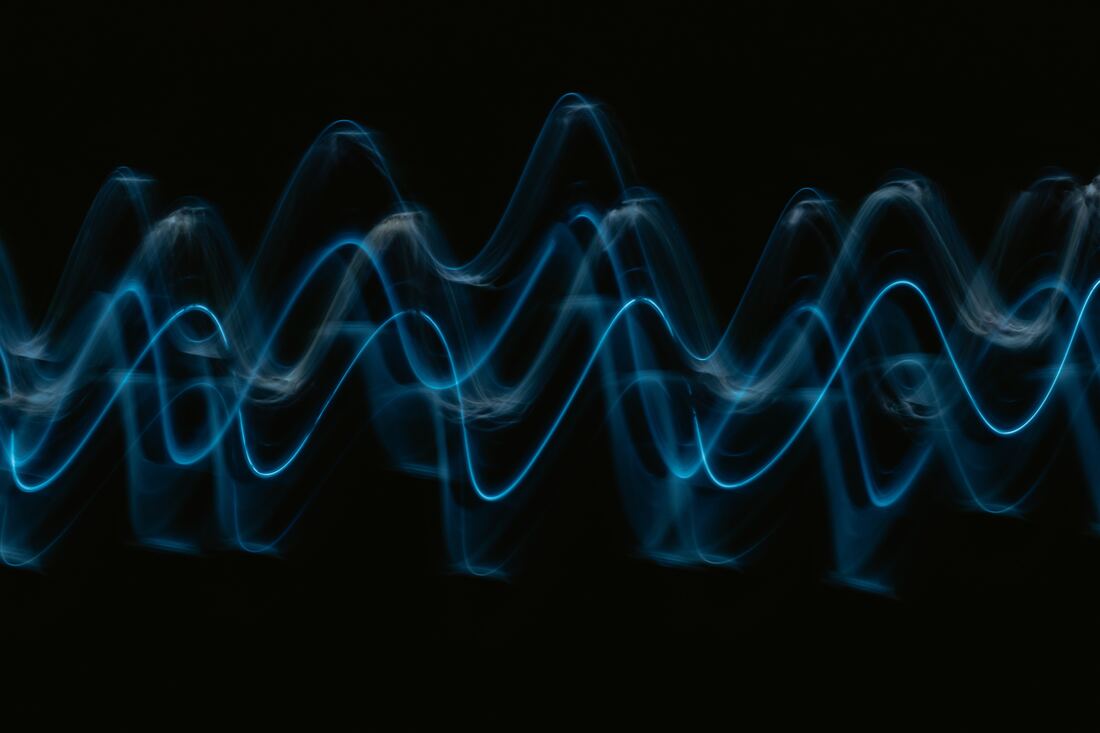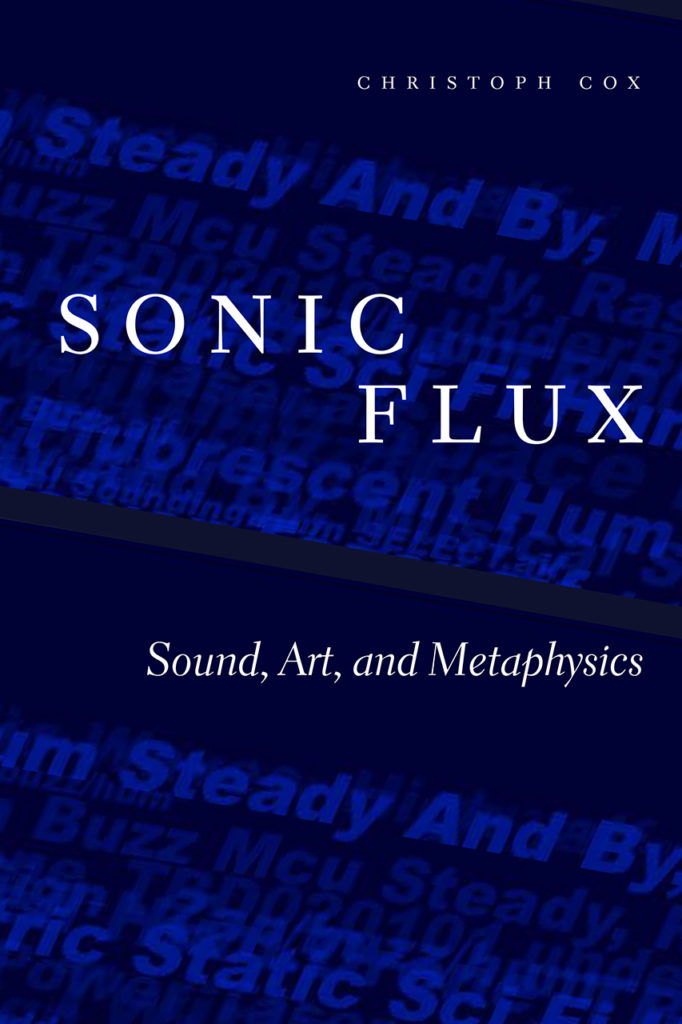
Photo by Pawel Czerwinski on Unsplash
Whitehead's Sonic Ontology
and its Performance in Sound Poetry
invites a shift
from the meaning of words to
the meaning of sounds and feelings,
without necessarily leaving the words behind;
creating space for opposition and hope,
resistance and love, protest and passion,
honesty about pain, and an eros for beauty,
in a universe composed of events, not substances,
filled with multiple forms of becoming that are enfolded
within one another yet always unique, always different,
like a loud crack of thunder, or the thrashing of a wave,
or a conversation over dinner, or a sound poem.
invites a shift
from the meaning of words to
the meaning of sounds and feelings,
without necessarily leaving the words behind;
creating space for opposition and hope,
resistance and love, protest and passion,
honesty about pain, and an eros for beauty,
in a universe composed of events, not substances,
filled with multiple forms of becoming that are enfolded
within one another yet always unique, always different,
like a loud crack of thunder, or the thrashing of a wave,
or a conversation over dinner, or a sound poem.

